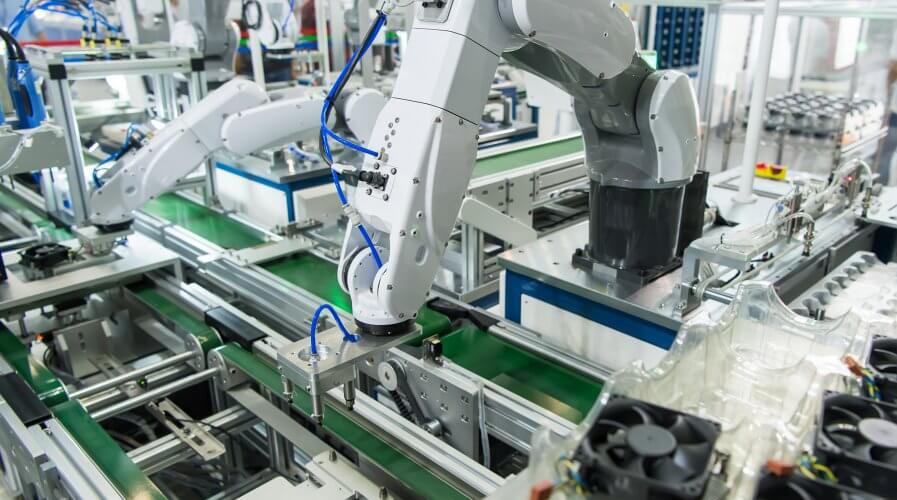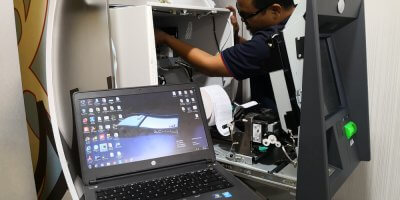
It’s time for enterprises to host AI capabilities on the edge. Source: Shutterstock.
For enterprises using AI, trading the cloud in for edge computing is worth it
IN A WORLD characterized by connectivity, an avalanche of data is being produced from a multitude of internet of things (IoT) devices.
This data holds valuable enterprise insights and can ‘supercharge’ a business’s performance.
To be of use, data streams must be consolidated onto a single platform for analysis. Artificial Intelligence (AI) can ‘learn’ from multiple data sets, uncovering patterns that drive decision making. It also produces analyses on how performance can be optimized.
However, as the number of IoT devices increases, so does the amount of data produced. This congests the cloud, resulting in it not being able to adequately support AI functions.
This is not ideal for enterprises that rely heavily on IoT devices.
Often, they cannot afford to ‘sit in traffic’ and wait for data to be analyzed and converted into actionable insights. A time lag can be disastrous, especially for applications that require real-time decision making.
To address this, AI capabilities could be brought to the IoT device itself — using edge computing. At the risk of sounding like the concept is being oversimplified, edge computing enables devices to analyze information ‘on-the-spot’, and only send relevant information to the cloud.
Edge computing is a godsend for several high-end use cases today as it resolves a host of the issues that come with sending data to the cloud. Here’s why:
# 1 | Low latency
AI processes cause a bit of a lag when performed on the cloud. With edge computing, this is reduced manifold, making the overall system far more efficient.
Autonomous vehicles, for example, collect data from sensors and cameras, and have to convert it instantly into decisions — like when to brake or accelerate — in order to operate safely. To do so, data must be processed almost as soon as it is collected, in the vehicle itself.
# 2 | Higher data capacity
The volume of data is only going to expand as time goes by. Hence, enterprises can no longer afford to store and analyze such large amounts of data on the cloud.
When data is processed locally, in real-time, there is no need for expensive storage space. AI computing on-device also allows the selective transmission of data to the cloud for further analysis, saving on the cost of bandwidth.
# 3 | More data privacy
Privacy is a key concern when it comes to transmitting data to and from the cloud.
A variety of factors create opportunities for cyberattacks and risk having sensitive enterprise data intercepted. This can be reduced when data is processed locally.
For instance, by recognizing voice commands, local machine learning chips can conduct an initial ‘sifting’ of data, sending only relevant commands to the cloud.
Edge computing, therefore, will have a significant impact on AI-powered IoT deployments. It enables companies to take new-age applications to new heights, driving innovations that can ultimately benefit everyone involved.
READ MORE
- Ethical AI: The renewed importance of safeguarding data and customer privacy in Generative AI applications
- How Japan balances AI-driven opportunities with cybersecurity needs
- Deploying SASE: Benchmarking your approach
- Insurance everywhere all at once: the digital transformation of the APAC insurance industry
- Google parent Alphabet eyes HubSpot: A potential acquisition shaping the future of CRM


